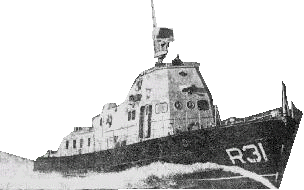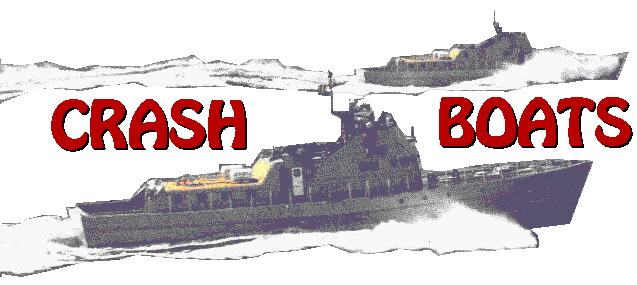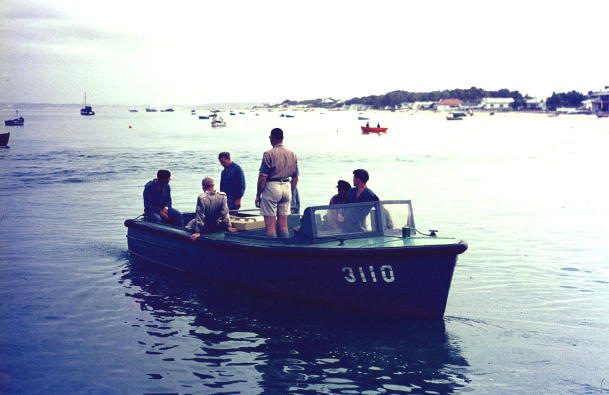It's a typical Cape Storm. 65 knot winds gusting to 75, mountainous seas with scudding rain showers.
Crashboat weather.
For it is usually at a time like this that some desperate soul in peril on the sea needs a crashboat.

For many years a crashboat waited at the jetty at Langebaan. Engines pre-heated for quicker starting, it's crew on a 30 minute standby. Ready to put to sea if it be needed.
Not once in the history of the South African Airforce's Crashboat Squadrons did they fail to respond to a request for help. No matter how bad the weather, or how slim the chances - the men of the Crashboat Squadrons sailed if they were called upon to do so.
Sometimes their efforts were futile - such as the time they spent a week searching for their buddies who had gone down in Shackleton 1718, later found to have crashed in the mountains above Rawsonville.

The Shackletons were often the crashboat's "eye in the sky" and they worked together in the rescue function on almost every rescue.
On other occasions they were rewarded with success.
Their successes and failures have gone largely unlauded.
During
the Second World War they performed sterling service around our
coasts with more than 500 people rescued, but as the war ended
the stations were closed down, one by one. The boats sold off to
civilians. Until finally only Langebaan remained. It's reason
for existence the close proximity to the Air Force gunnery and
bombing ranges around the Saldanha area.

Guy Ellis' article on crashboats - as it appeared in "Air Heritage".
The Unit at Langebaan, firstly Number 1 Motorboat Squadron and latterly the Marine Craft Unit was never big. In its heyday the personnel numbered about 30 permanent force men and 4 crashboats. They were aided by a small number of National Servicemen in the later years.




